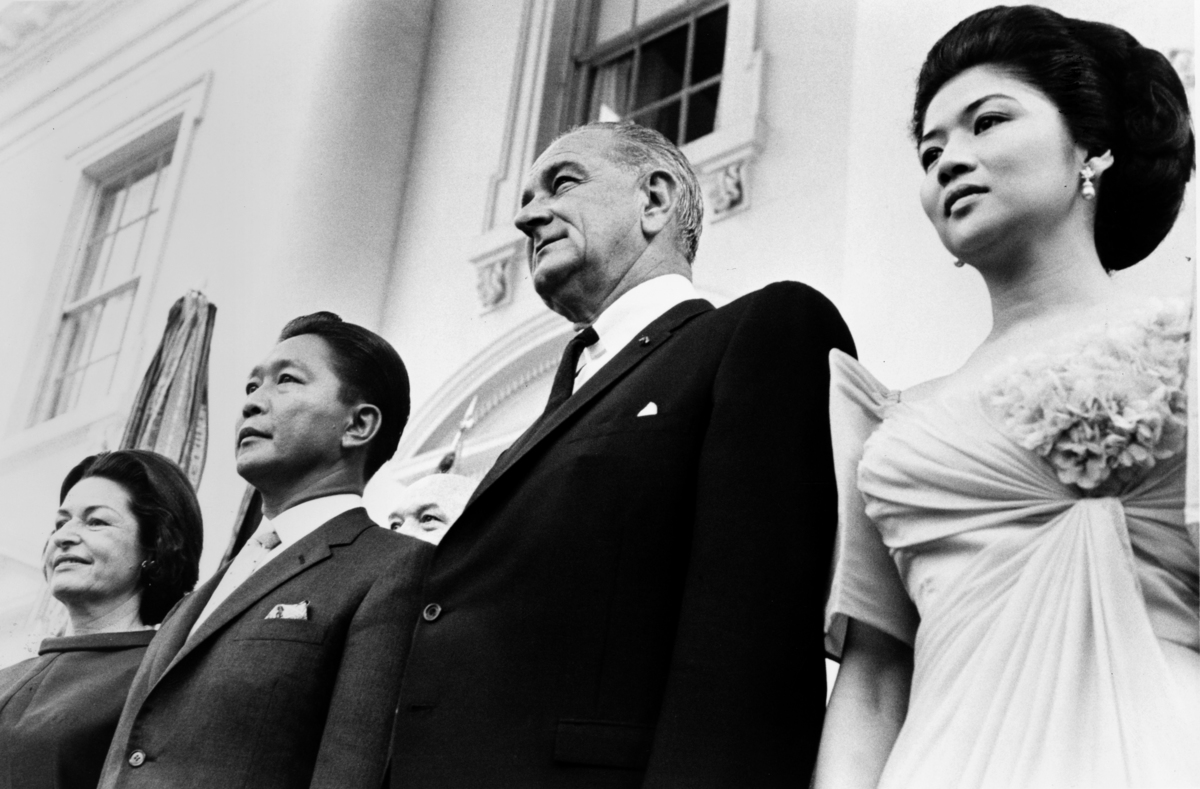When you hear the name Imelda Marcos, a few things come to mind. While she was most known as the former First Lady of the Philippines, she is perhaps more closely associated with a life of luxury, excess, and, most all, a past tainted by scandal and accusations of misconduct. Imelda had a tremendous amount of power in the Philippines during the martial law era, yet her legacy is tarnished by charges of theft, violations of human rights, and an unheard-of level of indulgence.
 US Library of Congress | Wikimedia Commons
US Library of Congress | Wikimedia Commons
A huge scandal
The massive embezzlement of public finances is one of the most well-known aspects of Imelda Marcos's legacy. The Marcos family was charged with amassing incredible wealth by lying to the public and embezzling billions of dollars from the national coffers between 1965 and 1986 when her husband was in power.
Imelda was accused of embezzling public funds for her own benefit and amassing a vast collection of jewels, artwork, properties, and, most notably, shoes in the Philippines and elsewhere.
The iconic shoe collection
The famed "Imelda Shoe Collection" is perhaps her greatest claim to fame aside from her political scandals. This collection, which is said to have comprised thousands of expensive pairs of shoes, came to symbolize the stark economic divide that exists between the ruling class and the poverty-stricken people of the Philippines.
Resentment toward the Marcos government was heightened by the striking contrast between the excessive cost of Imelda's luxurious lifestyle and the difficult economic circumstances that many Filipinos faced.
 White House Photo Office | Wikimedia Commons
White House Photo Office | Wikimedia Commons
Shocking human rights violations
In addition to her abuse of finances, Imelda Marcos was also connected to multiple violations of human rights during the martial law era. Widespread repression of political opinions, media control, and the detention and torture of individuals seen to pose a threat to the Marcos administration were characteristics of the rule. As the First Lady, Imelda was frequently charged with taking part in these activities, which further damaged the reputation of the Marcos administration.
The darkest chapter in Imelda's life story is her involvement in the 1983 death of opposition leader Benigno Aquino Jr. Aquino, a fervent opponent of the Marcos administration. He was shot and killed on the runway of Manila International Airport after coming back from banishment. The killing amplified the already heightened anger and criticism of the Marcos family's governance. Even though Imelda denied any involvement, she was heavily condemned for her supposed part in the events that preceded Aquino's killing.
 Presidential Communications Operations Office | Wikimedia Commons
Presidential Communications Operations Office | Wikimedia Commons
The fall of the Marcos family
Although the Marcos government came to an end in 1986, Imelda Marcos' legacy endured and had a long-lasting effect on the Philippines. Despite the ensuing legal disputes and efforts to hold the Marcos family responsible for their deeds, Imelda was able to escape a lengthy jail sentence and returned to the Philippines following years of exile.
Imelda made an effort to repair her reputation in the years that followed by getting involved in politics, and she even managed to gain a seat in the Philippine House of Representatives. Her political career was nevertheless marred by the Marcos era, as many Filipinos were unable to let go of the misdeeds and controversies connected to her reign of terror.
Even though martial dictatorship has ended in the Philippines, Imelda Marcos' legacy remains as a reminder of the dangers of unchecked authority and the value of accountability in government.








